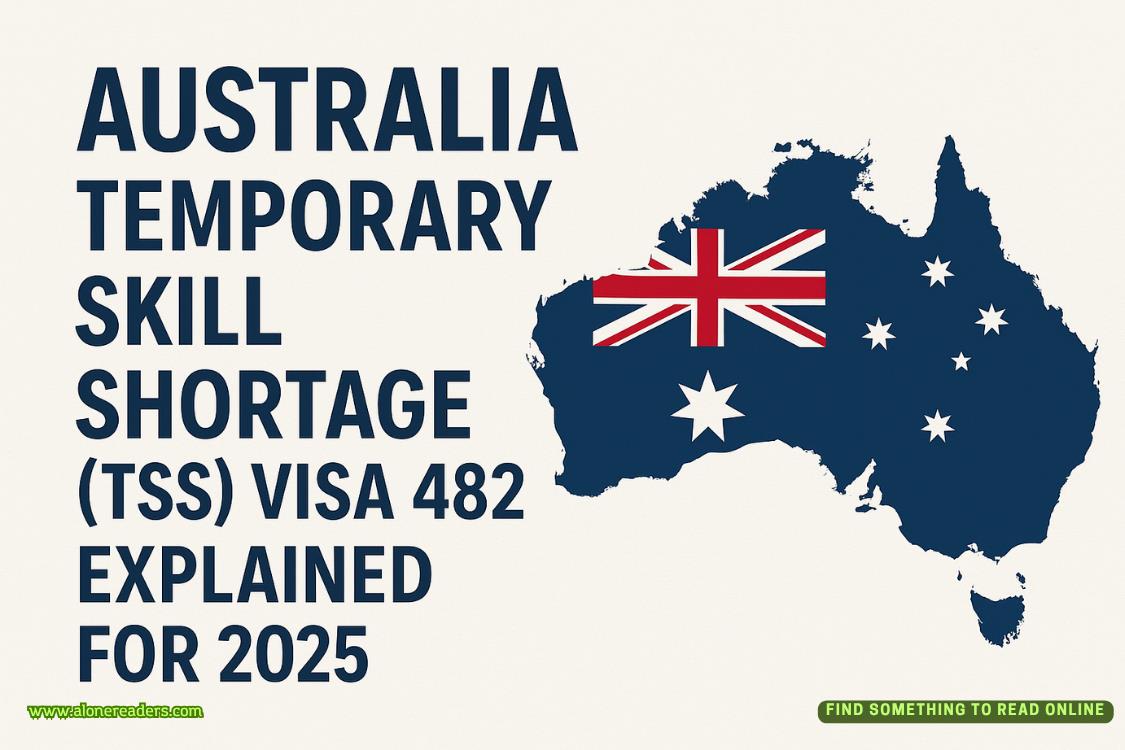Page 105 of Seduced by an Irresistible Lady
“What animal is this, Frank?” Dr Frederick asked him.
“It’s a monkey sir, a rhesus monkey.”
“Good,” Dr Frederick said, nodding his head.
“How many times have we tested that poison on a rhesus monkey?”
Mister Frank looked up at the ceiling. His right hand was raised with the fingers stretched out. Slowly, he started bending the fingers as his mouth moved. He was counting. He had bent four when his brows arched; he released the fingers.
“On a monkey, sir?”
“Yes, Frank, on a monkey,” Dr Frederick replied.
“Never, sir.”
“So are the individual anatomies and physiological processes and responses of the bodies of puppies and monkeys the same?”
Mister Frank spent a lot of time ruminating on the question. Dr Frederick wasn’t going to be surprised if he said yes. Sometimes Mister Frank was sharp enough to observe and remember things even he didn’t, other times, like now, Mister Frank was plain silly.
“No, sir,” replied Mister Frank.
“So do you see why we cannot compare how long it spent in a dog to how long it’s spending in a monkey?” Dr Frederick asked, arching his brows to show his annoyance at his dresser’s ignorance.
“Yes sir, I do.”
“Good, the only premise on which the length of time can be compared is the comparable body size but nothing more,” Dr Frederick said with a note of finality.
The monkey was still alive and looked like it would be for a while. Dr Frederick was sure if the poison was tested in another monkey without the adrenaline added, it would be dead by then. But he wasn’t going to say that out here, just after Mister Frank’s ignorant assumption.
That would only confuse the young man.
“So please, keep your open eyes steadfast till it dies and record the time of death. Use the tube listener to confirm death.”
Dr Frederick walked into his bedroom. He removed his laboratory coat and hung it on the rack beside his door. He walked into his room and to his bed. Dr Frederick sat down at first, but his back ached, and he lay down, facing the ceiling. They had been awake since the crack of dawn and had been preparing reagents, equipment, and the monkey for the experiment. The rigour had taken its toll.
I shouldn’t be lying down. I should be writing my own report and giving my own inference.
But his mind was just as tired as his body, and Dr Frederick knew not to make any analysis in this condition. He thought up his next steps. There were two monkeys left.
The sample testing has to be more than just three.
They would be.
One of the monkeys would be poisoned and observed till death without any intervention. Dr Frederick expected a far shorter time span till death. The other would suffer almost the exact procedure that its mate endured today.
Almost.
Dr Frederick planned to cut it open and look at the physical reaction of its heart as he introduced the adrenaline.
What if I try blocking one of the veins or arteries? I could create an artificial heart problem and see how an increased beat rate helps the odds of living.
That would be something risky and couldn’t be done for the first time on the final monkey. He decided to open the second monkey after it died and see what he could do to manipulate the blood flow in its heart. He knew it would be a big assumption because one of the monkeys would be dead, the other alive. But if he could just get it right?
Imagine how many lives affected by hearts with congenital or developed problems could be saved?
The Duke of Beaufort was first on his list. Dr Frederick was sure there was a hole or fissure somewhere in the Duke’s heart. He couldn’t do anything about it if he didn’t understand it. If their testing worked out, he could try it on the Duke if the situation was dire enough. Something is always better than nothing. Dr Frederick pushed away the thought of Lord Jeffrey as it threatened to rise up.
The father is my patient not the son.















